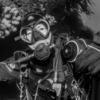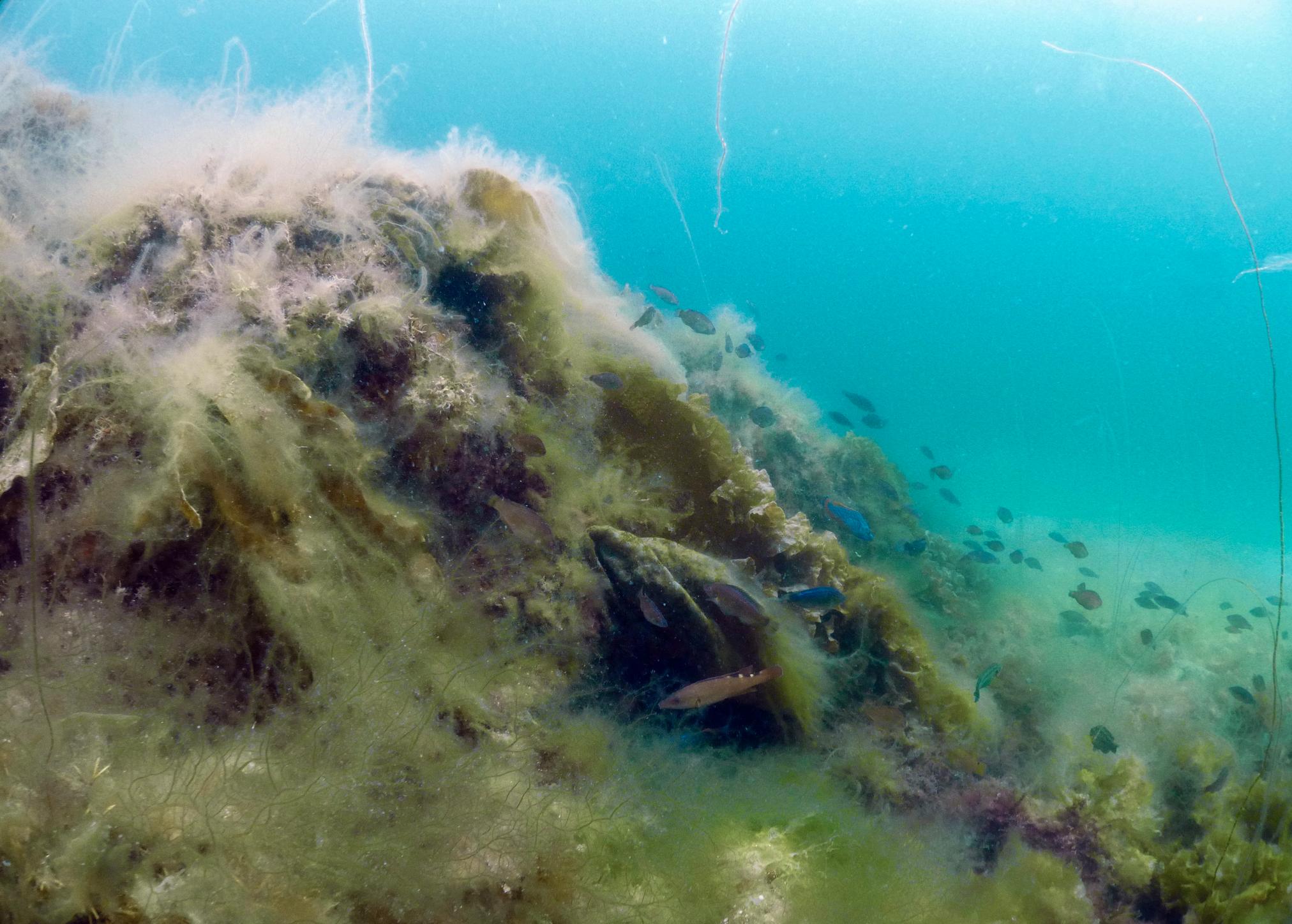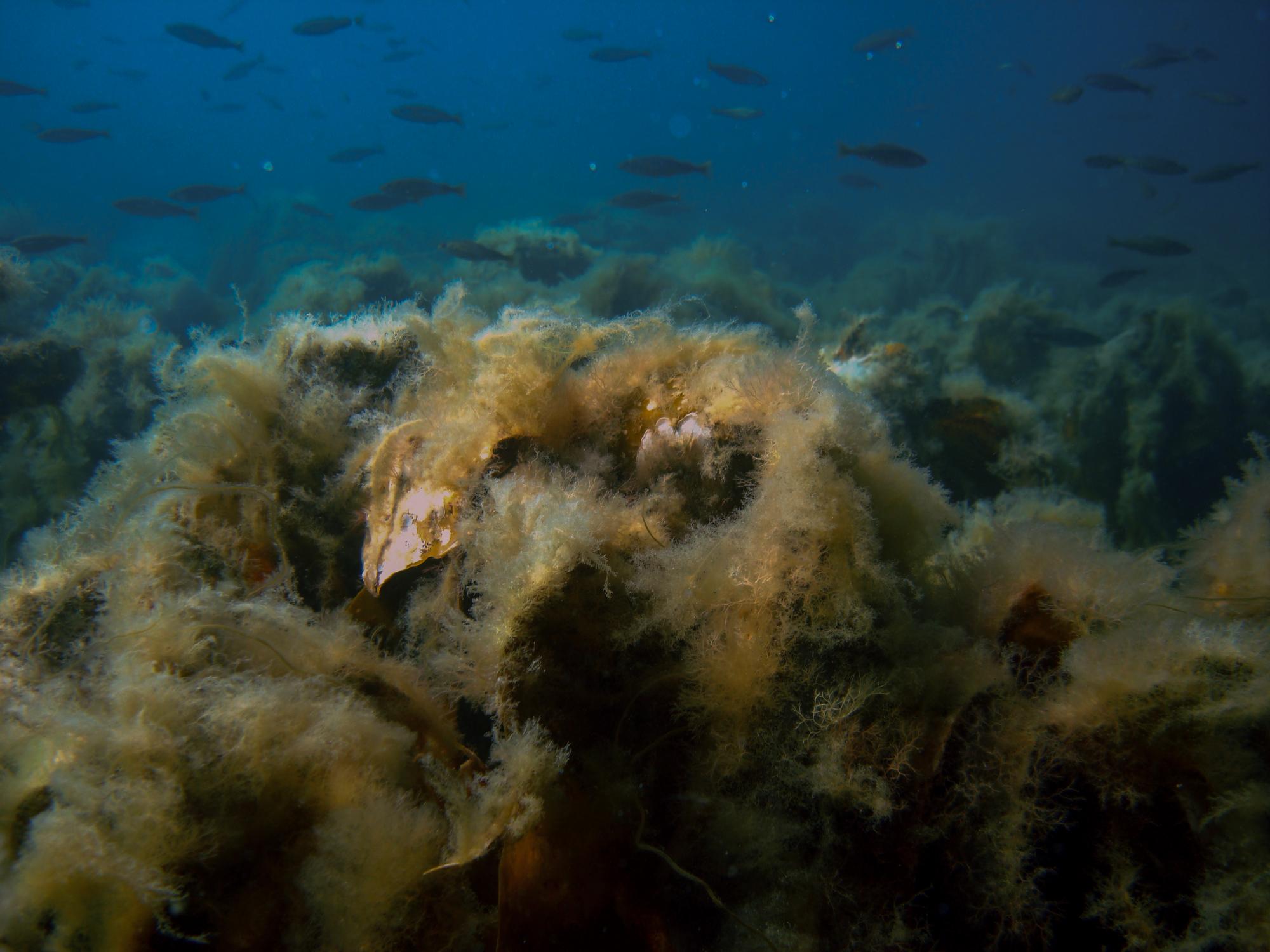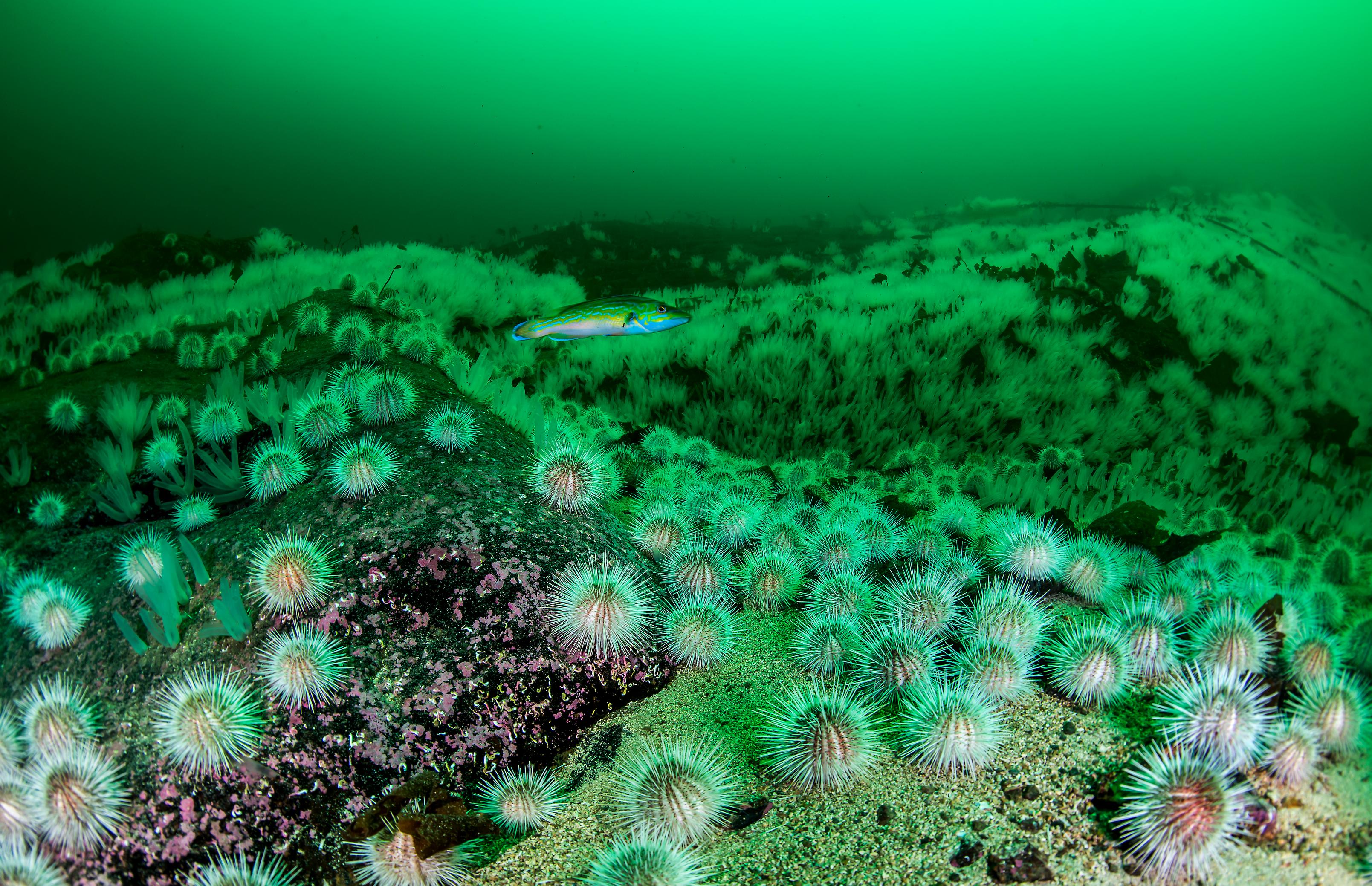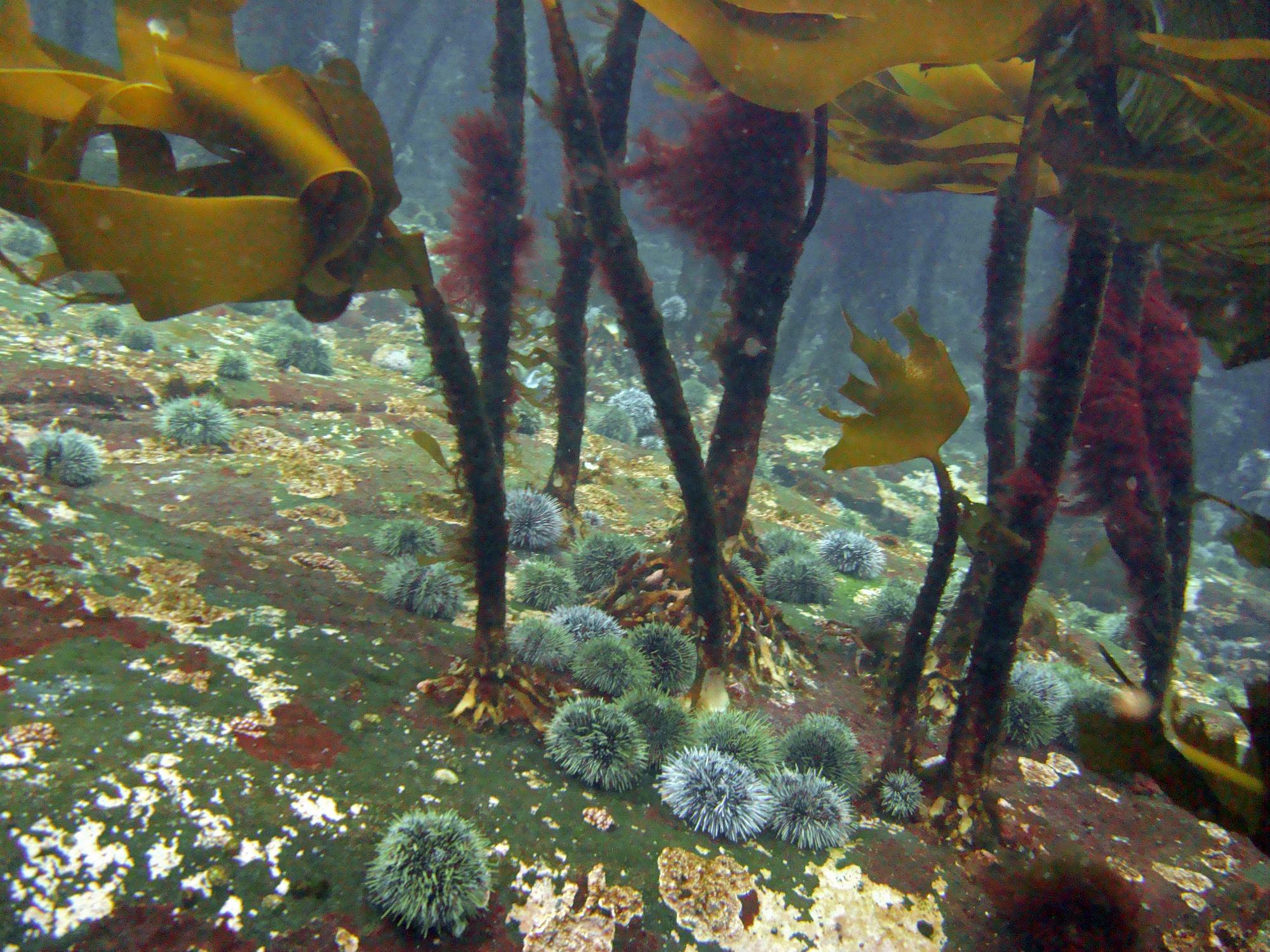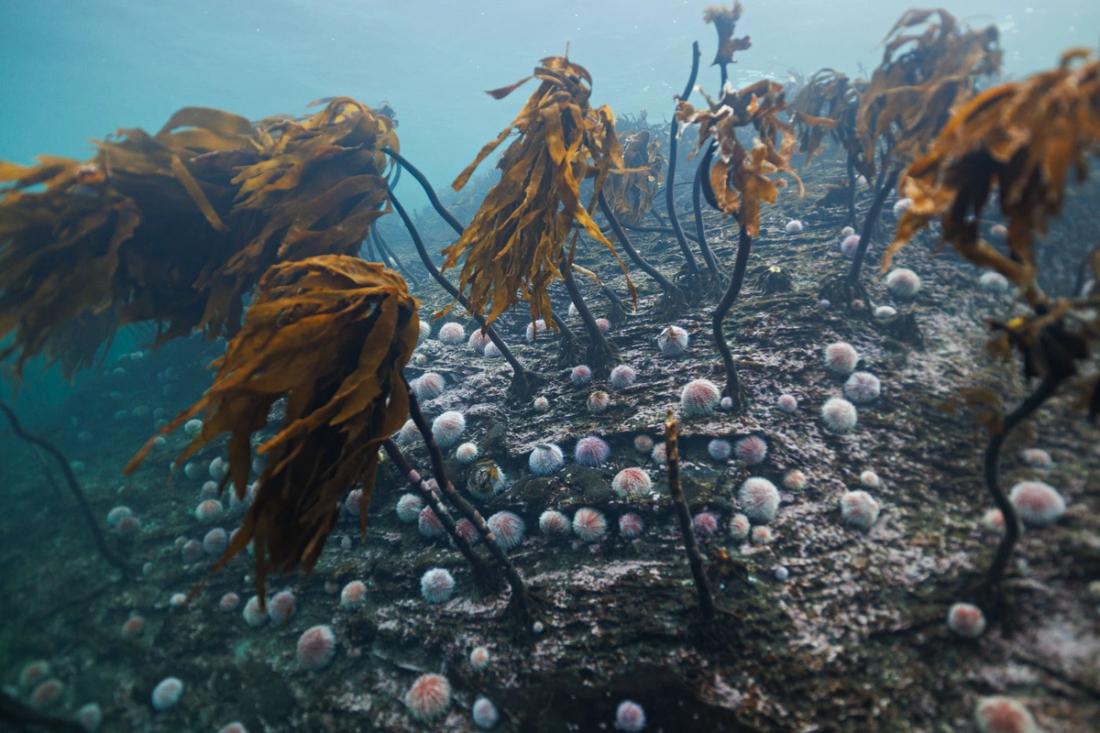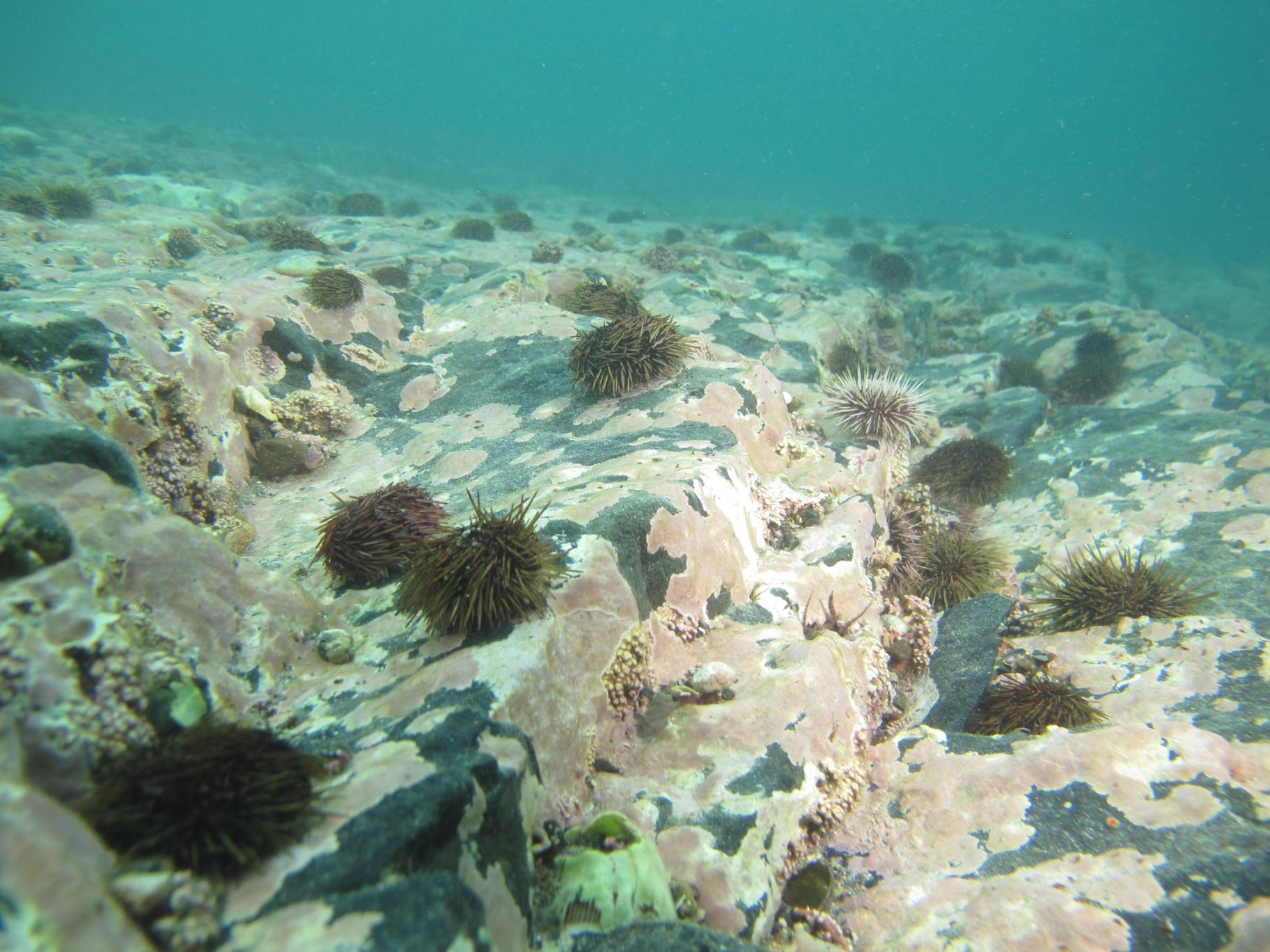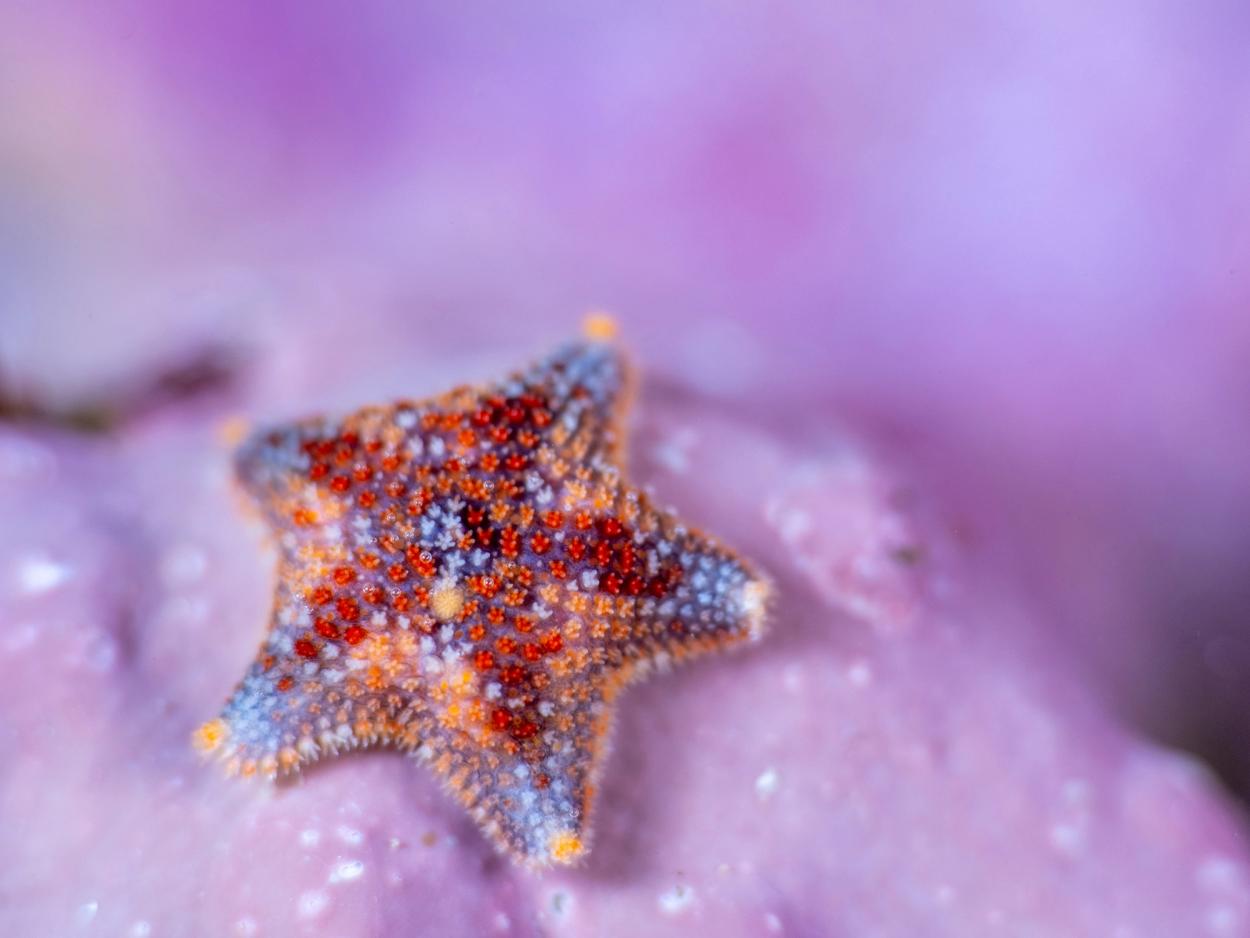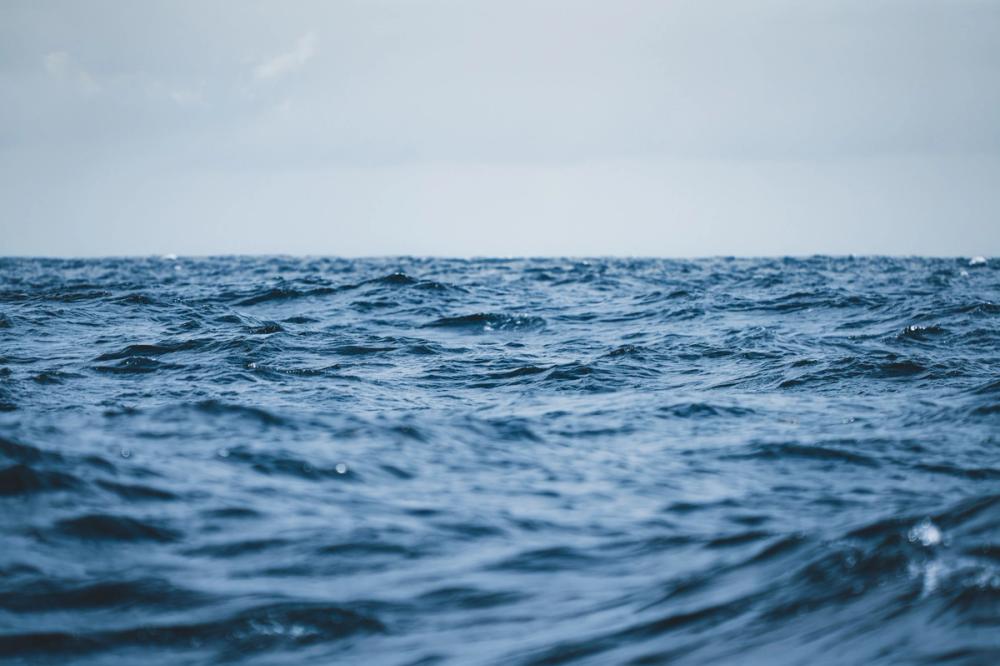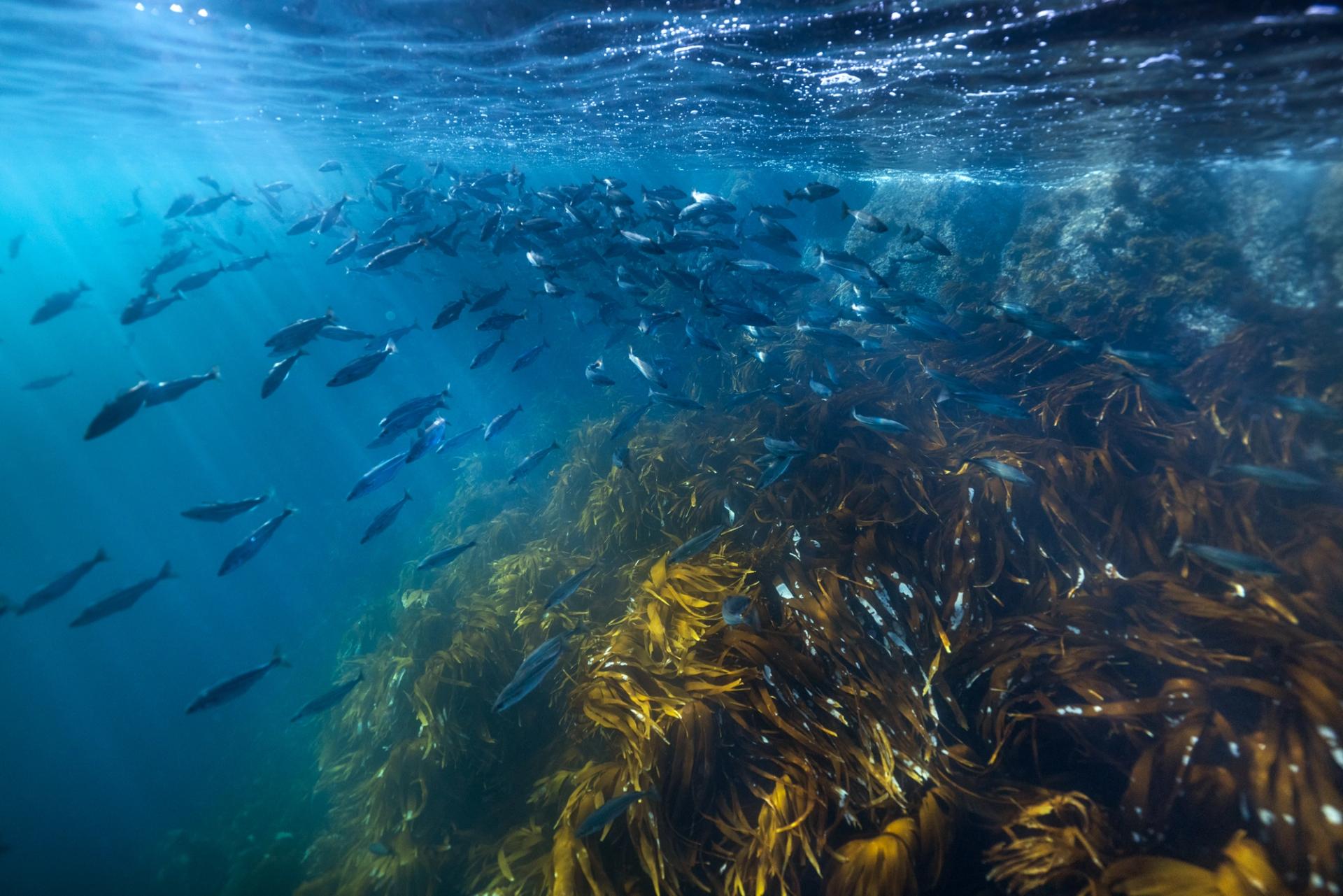
Norwegian blue forests under pressure
Fish in Norway. © Aleksander Nordahl
Norway’s coastline, including fjords and islands, is more than 100,000 km, covering different regions and more than 13 degrees of latitude (58-71⁰ N) between Sweden and Russia. Blue forests (kelp forests, rockweed, seagrass beds) are abundant along much of this coastline, creating enduring habitats for a huge number of algae and animals across more than 10,000 square kilometres. Unfortunately, in addition to more small-scale physical disturbances, all regions are threatened by larger-scale pressures. When large-scale pressures wipe out much of the blue forests, the remaining forests become more vulnerable and dearer.
Starting with the southernmost region, Skagerrak, eutrophication from agriculture and settlement sources leads to unwanted opportunistic and seasonal algal growth that, additionally favoured by overfishing and increasing temperatures, replace the more persistent blue forests. In particular, the Oslofjord and sheltered bays all along this region is severely affected. Water darkening and other fouling organisms than eutrophication-induced algae are contributing to reduced photosynthesis in this region as also for some coasts northwards.
The south-west coast of the North Sea is also affected by eutrophication, where discharges of nitrogen, phosphorus and organic particles from fish farms are higher than agriculture and sewage pollution. Recent blooms of white sea urchins are reducing the blue forests in this region and can alternate with filamentous algal growth.
In mid-Norway, from the Norwegian Sea coast north to beyond the Arctic Circle, kelp forests grow among islands and in fjords. Here a combination of nutrients causing filamentous or opportunistic algal growth and grazing by green, white or red sea urchins create a patchwork of lost blue forests, most likely from the effects of fish farms and overfishing.
The Northern Norwegian Sea and Barents Sea. This arctic coastline is heavily affected by the grazing of green sea urchins (Strongylocentrotus droebachiensis) except for the very outermost coastline. You hardly see any other animals among the sea urchins. The grazed area cover more than 700 000 football pitches.
So, is there any blue forest left?
The answer is yes! The intertidal seaweeds and most seagrass beds are healthy except for the most sheltered stands. The largest loss is the sugar kelp (Saccharina latissima) forests in sheltered waters and the tangle kelp (Laminaria hyperborea) forests in medium-exposed waters. Along the most exposed coastlines tangle kelp beds thrive as they can tolerate more wave action than filamentous algae and sea urchins. Here we find a lot of small animals and fish. If we treat our coastline in a proper way, we could have more healthy forests.
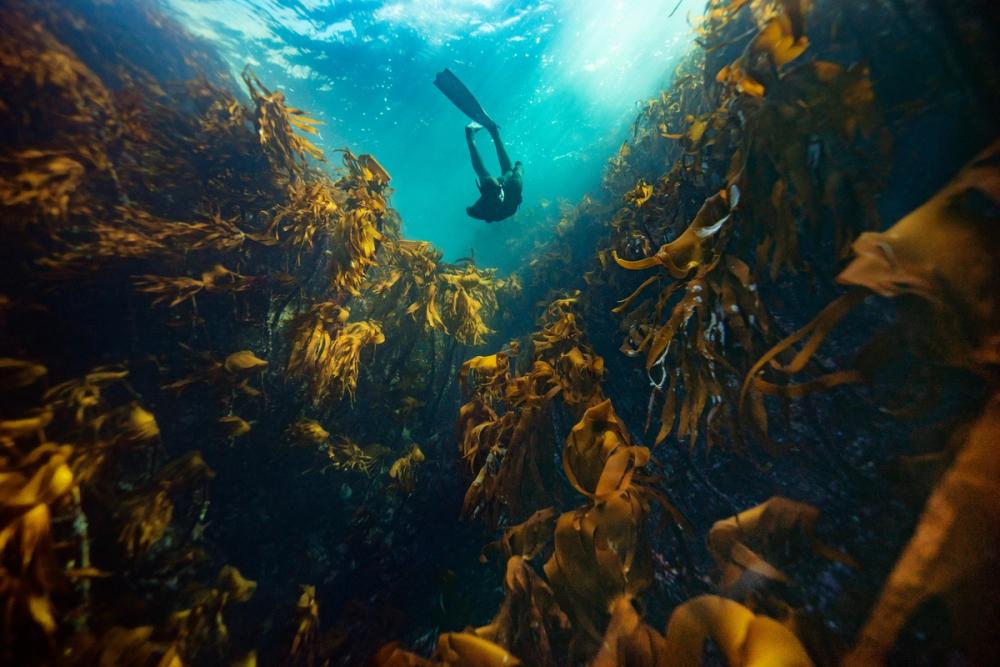
Still we find pristine blue forests; tangle kelp forests with diver. ©Aleksander Nordahl
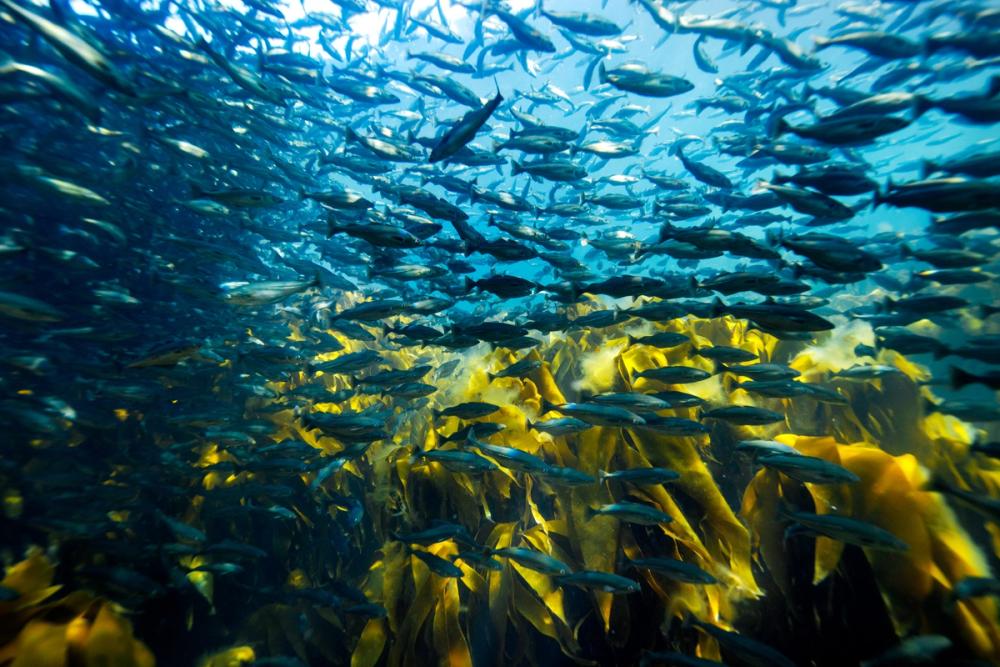
Shoal of small fish finding food and shelter in the forest. ©Aleksander Nordahl

Seagrass bed on Norwegian coastline. ©Hartvig Christie

Pristine sugar kelp along Norways coastline. ©Erling Svensen
Share this story
- Threats
- Ecosystems and habitats

